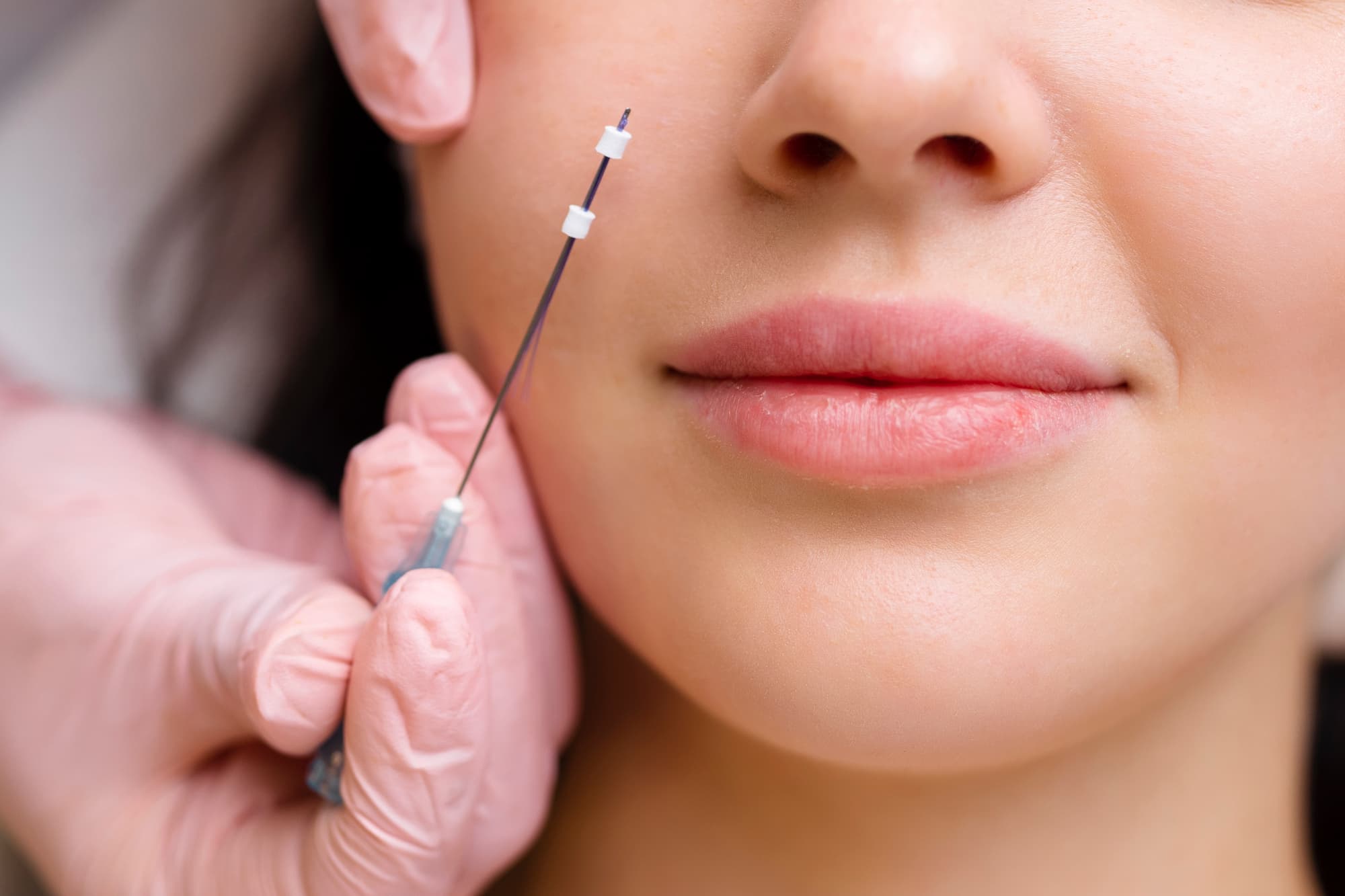Microneedling has gained immense popularity in recent years as an effective skin rejuvenation procedure. When it comes to melasma, a common skin condition characterized by dark, discolored patches on the skin, microneedling is often discussed as a potential treatment. But a question that frequently arises is, “Is microneedling painful for melasma treatments?” This article delves into the process, benefits, pain levels, and post-treatment care to provide a comprehensive answer.
Understanding Melasma and Microneedling
What is Melasma?
Melasma is a chronic skin condition that results in dark, irregular patches, primarily on the face. It is often triggered by factors such as hormonal changes, sun exposure, and genetic predisposition. Melasma can significantly impact a person’s self-esteem and quality of life.
What is Microneedling?
Microneedling, also known as collagen induction therapy, involves using a device with fine needles to create controlled micro-injuries in the skin. These tiny injuries stimulate the production of collagen and elastin, improving skin texture, tone, and overall appearance. For melasma, microneedling helps in breaking down pigment and enhancing the absorption of topical treatments.
The Microneedling Procedure
How Does It Work?
- Preparation: The skin is thoroughly cleansed, and a numbing cream is applied to minimize discomfort.
- Microneedling Device: A pen-like device with fine needles is moved across the skin’s surface.
- Topical Applications: Post-microneedling, topical treatments like vitamin C or tranexamic acid are applied to penetrate deeply and target pigmentation.
Duration of the Procedure
A typical microneedling session lasts 30 to 60 minutes, depending on the treatment area.
Does Microneedling Hurt?
Pain Levels During Microneedling
The pain experienced during microneedling varies from person to person, influenced by individual pain thresholds and the depth of needle penetration. Thanks to the application of numbing cream, most people describe the sensation as a mild discomfort or tingling rather than outright pain. Sensitive areas, such as the forehead and upper lip, may feel slightly more uncomfortable.
Post-Treatment Sensations
After the procedure, it is normal to experience:
- Redness: Similar to a mild sunburn, which subsides within 24 to 48 hours.
- Tingling or Tightness: Temporary sensations that fade as the skin heals.
Benefits of Microneedling for Melasma
- Enhanced Absorption: Improves the efficacy of topical treatments.
- Skin Rejuvenation: Promotes collagen production, resulting in smoother and more even-toned skin.
- Minimally Invasive: Compared to lasers or chemical peels, microneedling is less invasive and has shorter downtime.
Comparing Microneedling with Other Treatments
Is Thread Lift Better Than Botox?
While microneedling is a go-to for melasma, it’s worth noting how it differs from other cosmetic treatments like thread lifts and Botox. For skin tightening and lifting, thread lifts may be preferable, while Botox targets dynamic wrinkles caused by muscle movement. Microneedling, however, focuses on pigmentation and overall skin texture.
Laser Treatments vs. Microneedling
Laser treatments can be effective for melasma but may carry risks of hyperpigmentation, especially for darker skin tones. Microneedling, being more controlled, is often recommended for a broader range of skin types.
Preparing for Microneedling
- Avoid Sun Exposure: Protect your skin from UV rays for at least a week before treatment.
- Discontinue Certain Products: Stop using retinoids or exfoliating products to reduce skin sensitivity.
- Hydration: Keep your skin well-moisturized and drink plenty of water.
Post-Treatment Care
- Sun Protection: Apply a broad-spectrum sunscreen daily to prevent pigmentation.
- Gentle Skincare: Use mild cleansers and avoid active ingredients like AHAs and BHAs for a few days.
- Hydrating Products: Incorporate hyaluronic acid-based serums to support healing.
- Avoid Makeup: Refrain from wearing makeup for at least 24 hours to reduce the risk of irritation.
Frequently Asked Questions
How Many Sessions Are Needed?
Most individuals require 3 to 6 sessions spaced 4 to 6 weeks apart to see noticeable results for melasma.
Are There Any Side Effects?
Temporary redness, swelling, and mild peeling are common. Rarely, there may be slight bruising or infection if post-care instructions are not followed.
Is Microneedling Safe for All Skin Types?
Yes, microneedling is generally safe for all skin types. However, it is essential to consult a dermatologist to ensure the treatment is appropriate for your specific skin condition.
Conclusion
Microneedling for melasma is a promising treatment with minimal pain and downtime. While the sensation experienced during the procedure is subjective, the benefits of improved skin texture and reduced pigmentation make it a worthwhile option for many. By following pre- and post-treatment care guidelines, you can enhance the results and minimize any discomfort. If you’re considering microneedling, consult with a skincare professional to determine the best approach for your unique skin needs.
For those exploring other cosmetic treatments, you may wonder, “Is thread lift better than Botox?” While the answer depends on individual goals, microneedling remains a highly effective choice for addressing melasma and achieving a radiant complexion.



